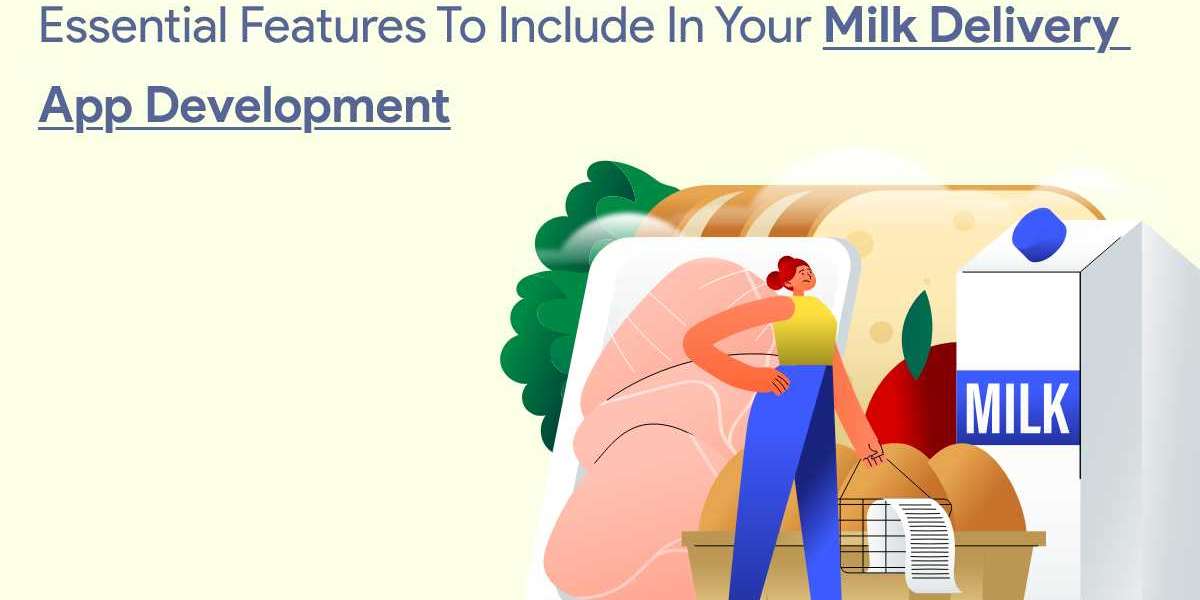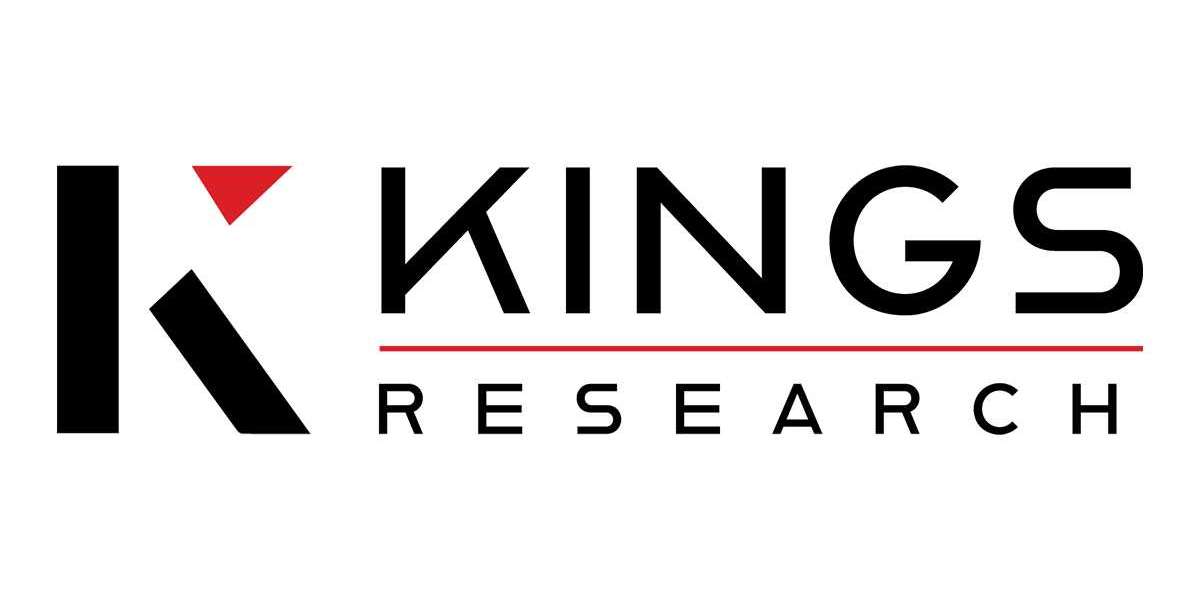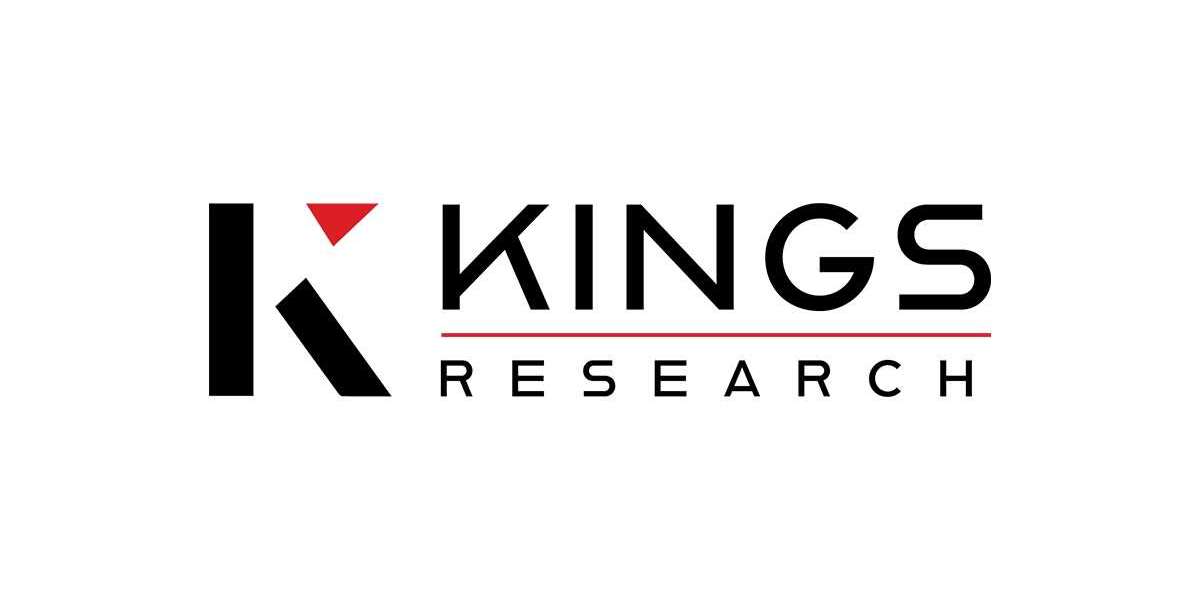In recent years, the demand for convenience in daily chores has led to the rise of delivery services for essential items, including fresh milk. Developing a milk delivery app can tap into this growing market, providing consumers with a hassle-free way to receive their milk directly at their doorstep. To ensure your milk delivery app stands out and meets the expectations of modern consumers, incorporating essential features is crucial. This article outlines the key features that should be included in your milk delivery app development process.
Customer-Facing Features
User Registration and Profiles
Ensure a straightforward registration process that allows users to create accounts easily. Include options for profile management where users can update their delivery addresses, preferences, and payment methods.
Product Catalog
Display a comprehensive catalog of milk products available for delivery. Include various types such as whole milk, skimmed milk, lactose-free options, organic milk, and different sizes (e.g., liters, half-gallons).
Subscription Plans
Offer flexible subscription models that allow users to schedule recurring deliveries based on their consumption preferences. Options can include daily, weekly, bi-weekly, or monthly deliveries with the ability to modify or pause subscriptions as needed.
Order Placement and Management
Ensure a seamless ordering process where users can add products to their cart, choose delivery dates and times, and specify any special instructions. Provide order history and the ability to track the status of current orders.
Real-Time Tracking
Implement a real-time tracking feature that enables users to monitor the status of their deliveries. Notifications should be sent at key stages, such as order confirmation, dispatch, and arrival at the delivery location.
Secure Payment Gateway
Integrate reliable and secure payment gateways to facilitate smooth transactions. Include options for credit/debit cards, digital wallets (e.g., Apple Pay, Google Pay), and other popular payment methods.
Push Notifications
Keep users informed with push notifications about order updates, delivery schedules, promotional offers, and new product arrivals. Customizable notifications allow users to manage their preferences.
Reviews and Ratings
Enable users to provide feedback by rating products and delivery experiences. Reviews help build trust and credibility while providing valuable insights for continuous improvement.
Delivery Agent Features
Agent Registration and Profiles
Enable delivery agents to register on the platform with their details, including contact information and delivery vehicle type. Allow them to manage their availability and preferences.
Order Assignment
Implement an efficient system for assigning orders to delivery agents based on proximity, availability, and delivery route optimization. Provide agents with clear instructions and customer details for seamless deliveries.
Navigation and Route Optimization
Integrate GPS navigation tools to help delivery agents navigate efficiently to customers' locations. Optimize routes to minimize delivery times and fuel costs, improving overall operational efficiency.
Delivery Updates and Notifications
Keep delivery agents informed with real-time updates about new orders, changes in delivery schedules, and any additional instructions from customers. Notifications should be timely and actionable.
Earnings and Performance Tracking
Provide delivery agents with insights into their earnings, including detailed breakdowns of payments, tips, and incentives. Performance metrics such as delivery success rates and customer ratings can help agents improve their service quality.
Admin Dashboard Features
Comprehensive Dashboard
Offer administrators a centralized dashboard to monitor and manage all aspects of the milk delivery app. Key metrics such as order volumes, customer engagement, and revenue should be easily accessible.
User and Delivery Agent Management
Allow administrators to oversee user accounts, verify delivery agent registrations, and manage permissions. Ensure robust security measures to protect user data and transactions.
Order Management
Facilitate efficient order processing, tracking, and fulfillment. Admins should have the ability to view order details, manage delivery schedules, and resolve any issues that may arise during delivery.
Analytics and Reporting
Generate comprehensive reports on app performance, including sales trends, customer behavior, delivery efficiency, and product popularity. Use analytics to identify opportunities for growth and optimization.
Promotions and Marketing Campaigns
Implement tools for launching promotional campaigns, discounts, and loyalty programs. Admins can target specific customer segments to increase app engagement and retention.
Conclusion
Building a successful milk delivery app requires careful consideration of user needs and preferences. By incorporating these essential features into your app development process, you can create a seamless and efficient platform that enhances the convenience of milk delivery for modern consumers. Continuous iteration based on user feedback and market trends will help you stay competitive and drive long-term success in the growing market of on-demand delivery services.







